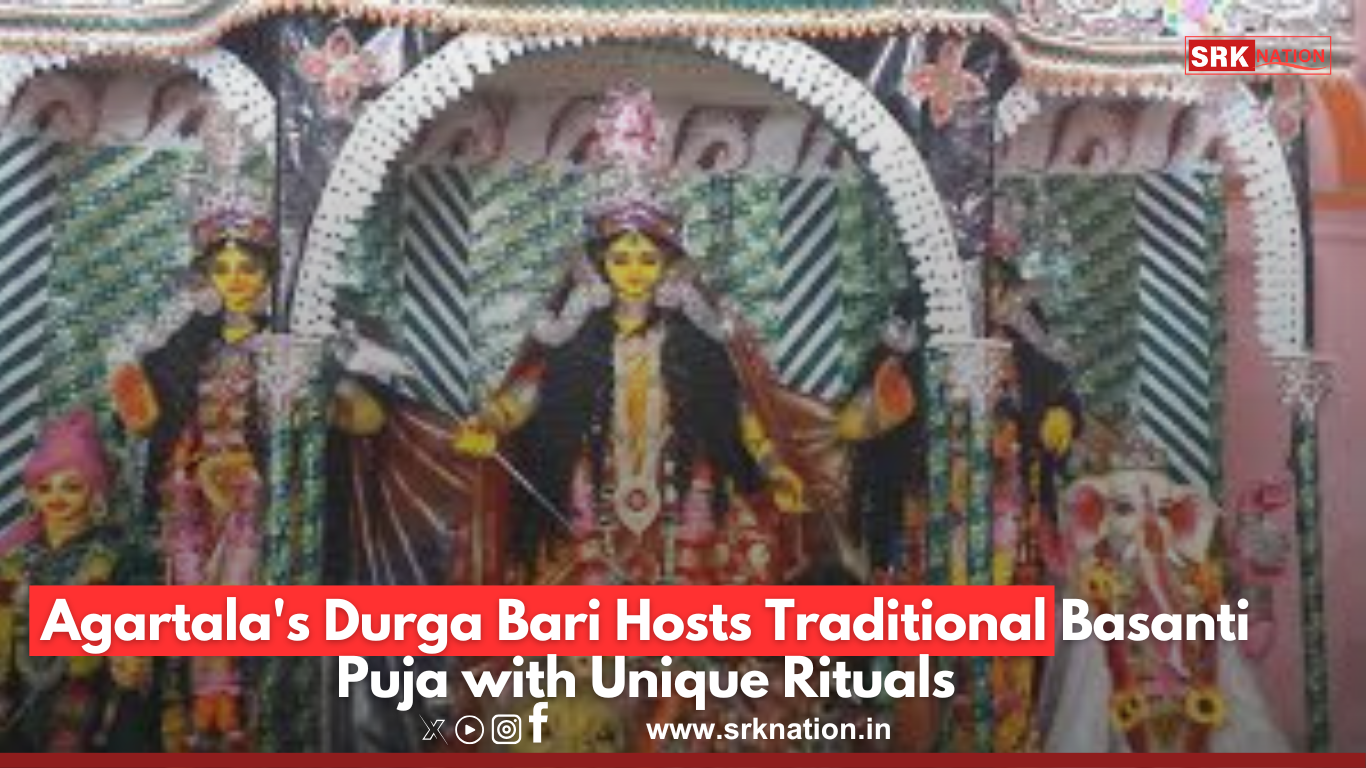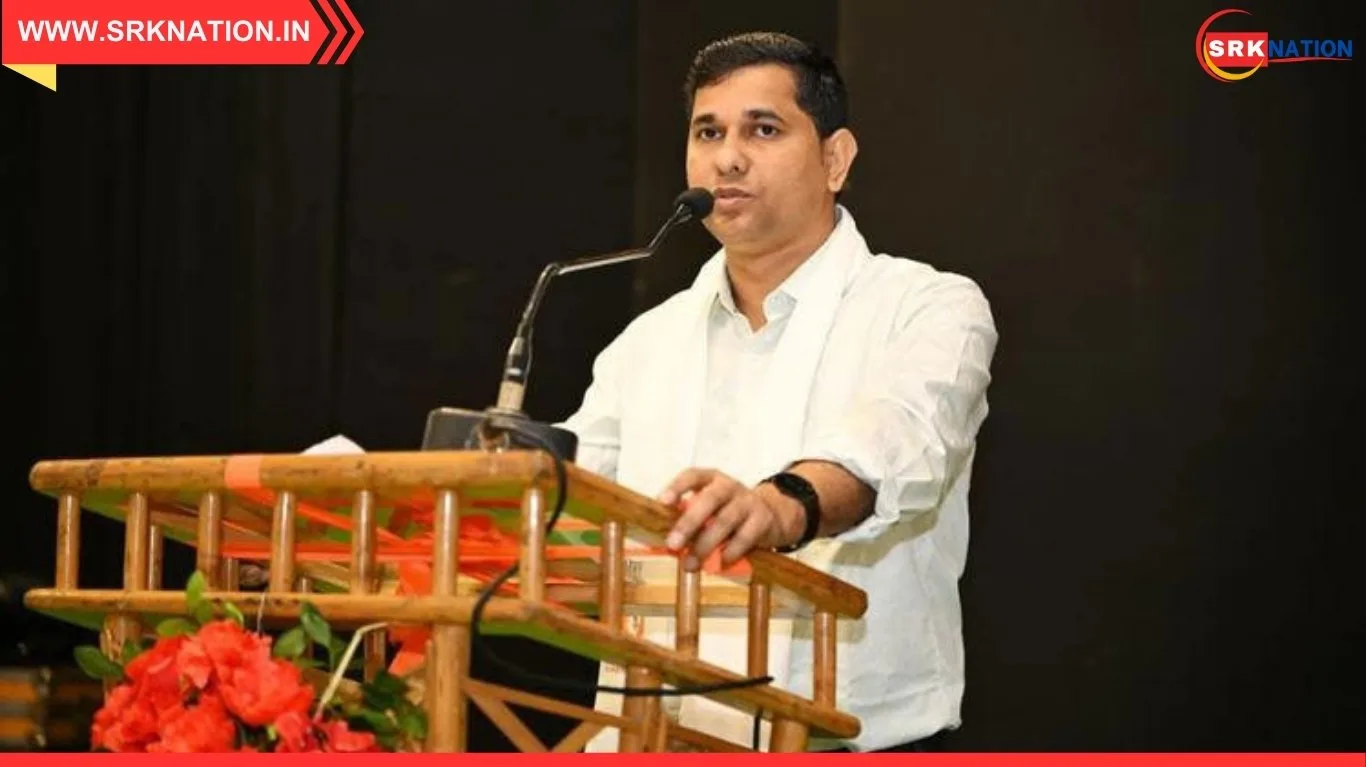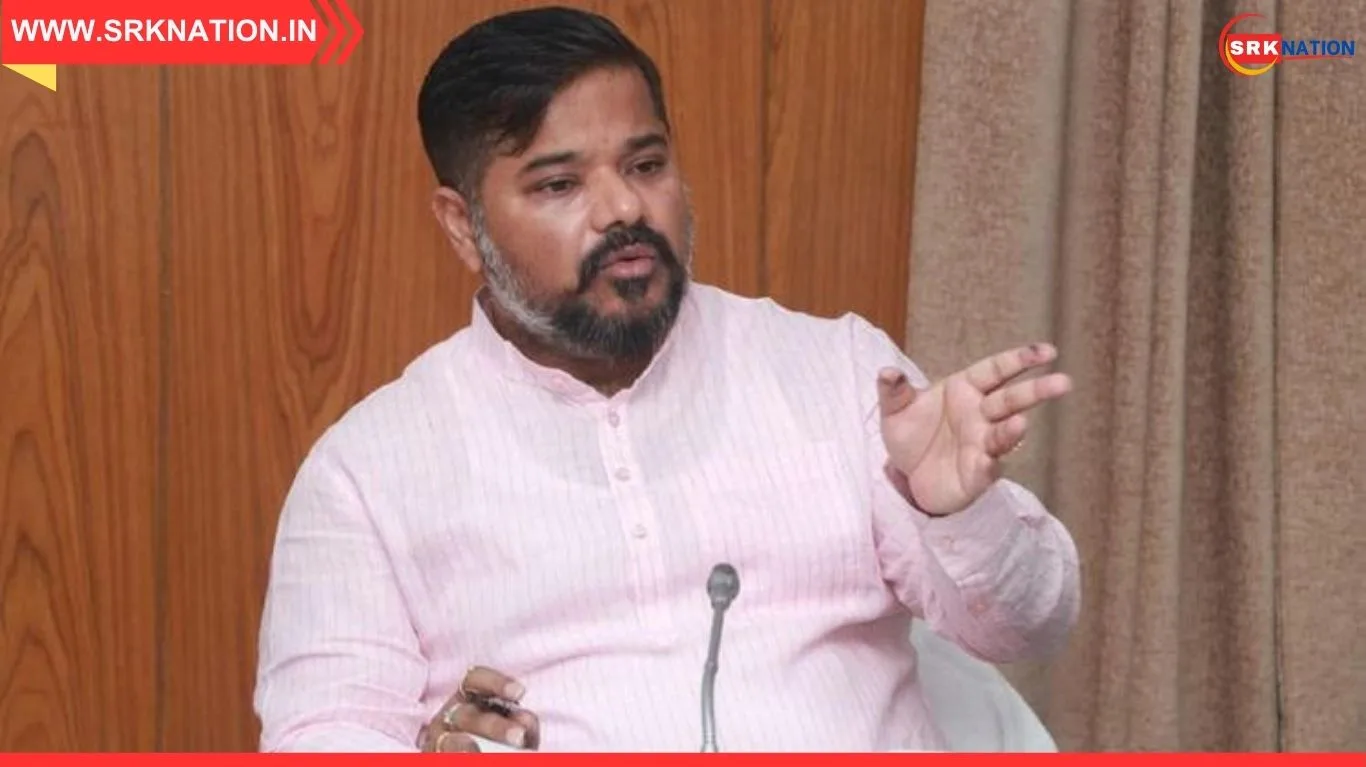The historic Durga Bari temple in Agartala, Tripura, is currently celebrating the traditional Basanti Puja, a springtime festival deeply rooted in cultural and religious significance. Initiated by the royal Manikya dynasty, this unique celebration is considered the original Durga Puja, predating the more widely observed autumn festival.
Held during the Bengali month of Chaitra, Basanti Puja features distinctive rituals that set it apart from other Durga Puja celebrations. Unlike the ten-armed depiction of Goddess Durga commonly worshipped, the idol at Durga Bari has only two visible arms. According to temple lore, this modification was made following a divine vision received by Maharani Sulakshana Devi, who fainted upon seeing the traditional ten-armed idol. The temple’s head priest, Jayanta Bhattacharjee, explains that the goddess’s other arms are symbolically hidden, adhering to the royal family’s spiritual guidance.
The festivities began with Maha Saptami rituals, drawing hundreds of devotees to the temple. Traditional practices, including animal sacrifices, are performed to honor the goddess. The celebrations will continue with Maha Ashtami and Maha Navami rituals over the weekend, culminating in Maha Dashami on Monday.
The Basanti Puja at Durga Bari is not only a religious event but also a cultural spectacle, attracting visitors from across the region. The Tripura government, as per the merger agreement with the royal family, bears the expenses of organizing the Puja, ensuring its grandeur and continuity.
This unique festival highlights the rich heritage and spiritual traditions of Tripura, offering a glimpse into the region’s royal history and devotion. Stay tuned for more updates on this vibrant celebration.











